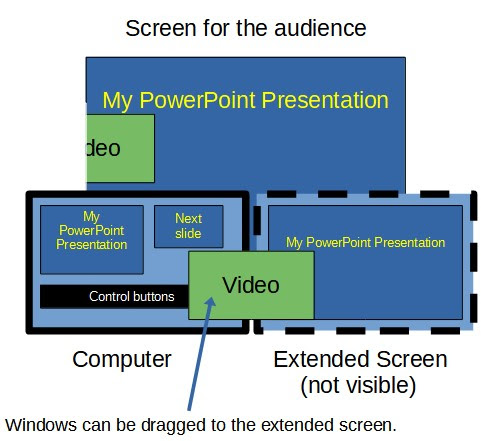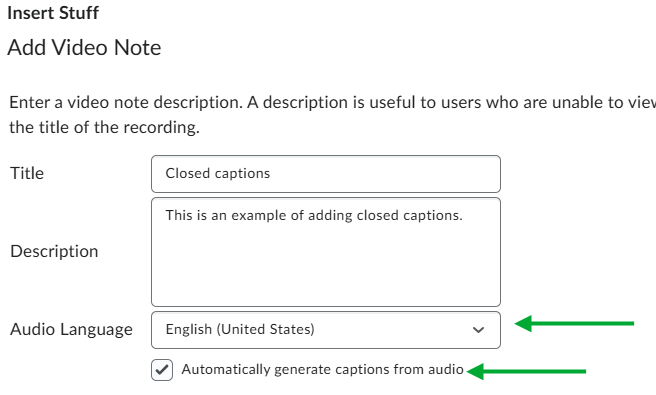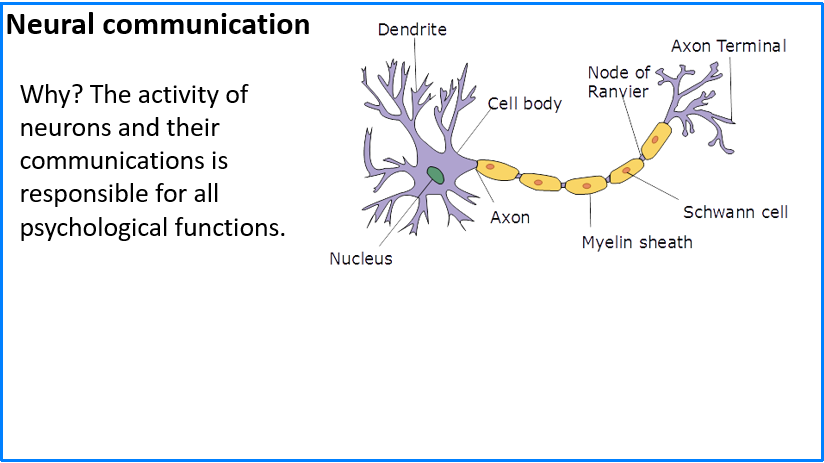- Posted on
Conferences often require presenters to share a common computer projection system. These situations raise the potential problem of dead time that occurs when presenters are being switched. The usual solution is that all of the presenters send their PowerPoint files to the panel chair before the session to decrease the loading time. Sometimes the switching doesn't go well though. It's agonizing for the audience and stressful for the presenter to wait while technology issues are worked out.
The present tip for avoiding this switching dead time pertains to presentations that are delivered online via hyperlinks (uniform resource locators: URL). Some prominent examples are Google's Slides or Canva.
A friend recently shared an unpleasant presentation experience with a solution. The setting was a class that required students to give presentations at the end of the term. There was a lot of wasted time between presentations as the students copied their PowerPoint files or entered long URLs into a web browser. Fortunately, this student's partner had a clever idea to speed up the transition. Their web-based presentation used a URL shortening service to make their long URL into a small one that could be easily and quickly entered into a web browser. They entered the short URL and were ready to present in just a few seconds.
What URL shortening does is take a long web link made of mostly random characters and changes it to a much smaller, more user-friendly link. When the short link is used the service immediately redirects to the longer link. This strategy bypasses the need to be handling long and unwieldy links. An example of a URL shortening service is tinyurl.com.
TLDR: When web-based presentations are given, consider using a URL shortening service to make the link to your presentation easier to enter into public computers.





 The annotated slides can be saved, exported to a pdf file, and shared with students.
The annotated slides can be saved, exported to a pdf file, and shared with students.


